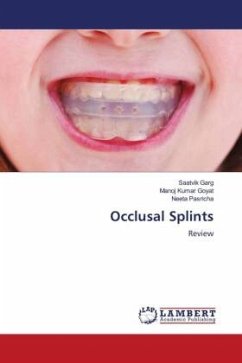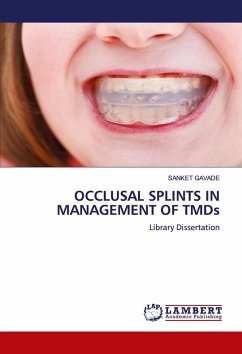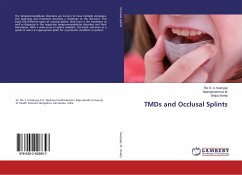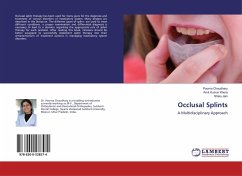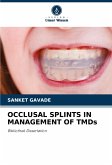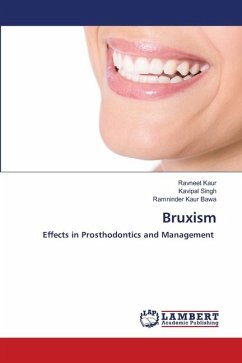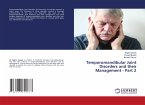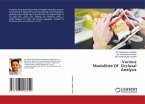Temporomandibular disorders embrace a wide spectrum of specific and non-specific disorders. These may produce symptoms of dysfunction of temporomandibular joint disorders coupled with clicking and muscle spasm associated with pain. The clinicians face the daunting task of determining whether or not the occlusal factors are related to each patient's temporomandibular joint disorder symptoms and then decide as to what should be the optimum contact relationship for the patient. There can be various treatment modalities which may be reversible or irreversible for temporo-mandibular disorders. These may be intraoral dental appliances, either with full or partial occlusal coverage, (commonly known as oral splints), and are the most widely adopted treatment modality of choice.
Bitte wählen Sie Ihr Anliegen aus.
Rechnungen
Retourenschein anfordern
Bestellstatus
Storno

